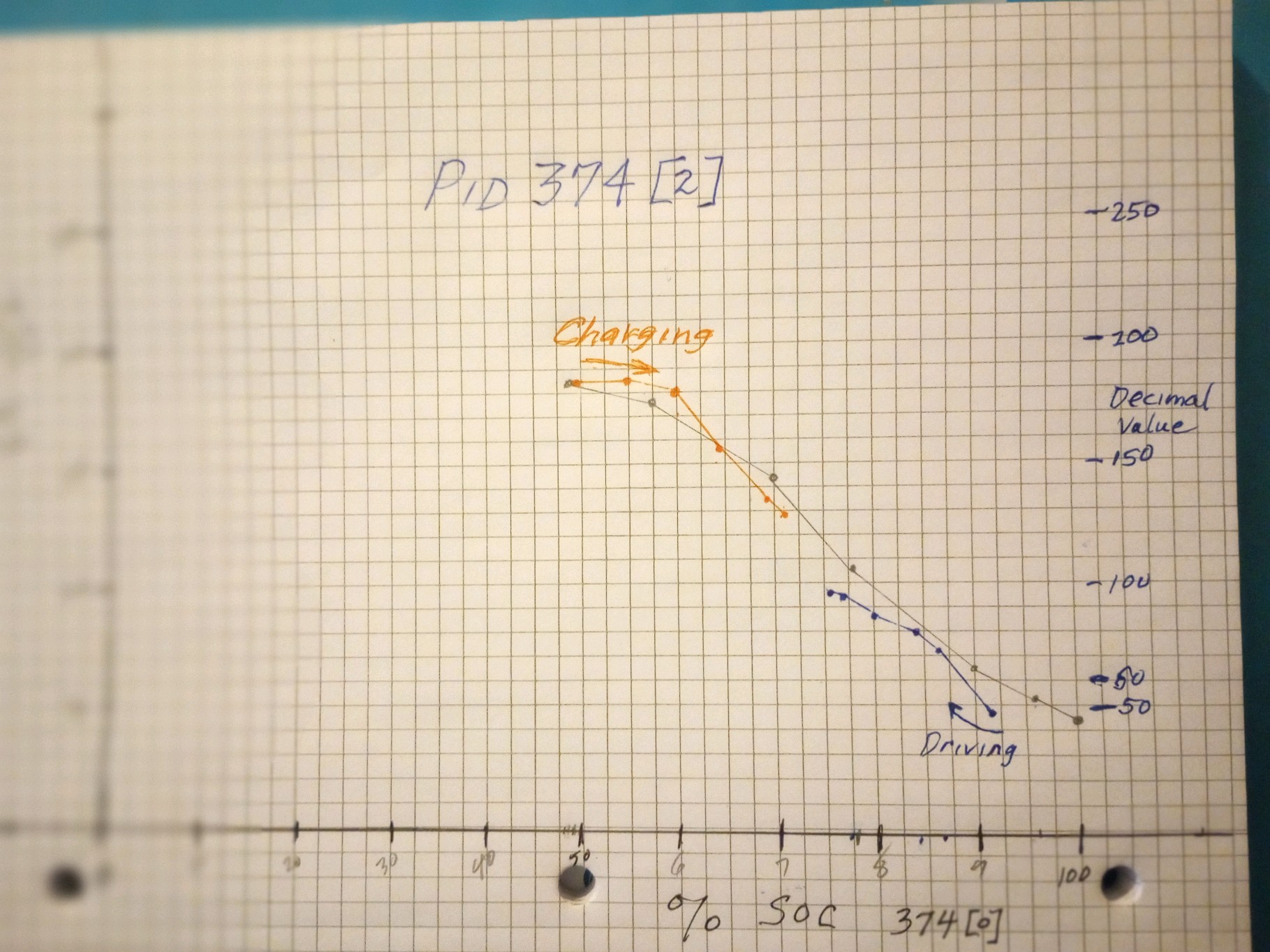- Joined
- Jun 12, 2018
- Messages
- 135
Possibly, I can see the messages on my OBD snooper. I haven't checked the rate yet. Not sure what you mean bi directional. It passes messages from the EV ECU to the BMU and from the BMU to the EV ECU if that is what you mean.
I measured the resistance going to the EV ECU and to the BMU. It matched the drawings I saw.
The BMU has high impedance in the k-ohm range. The EV ECU has around 200 ohms. So I did not terminate the end going to EV ECU but I did terminate the end going to the BMU.
It matches their drawings where the terminator is in the CMU and on the Vehicle on the ETACS ECU.
I measured the resistance going to the EV ECU and to the BMU. It matched the drawings I saw.
The BMU has high impedance in the k-ohm range. The EV ECU has around 200 ohms. So I did not terminate the end going to EV ECU but I did terminate the end going to the BMU.
It matches their drawings where the terminator is in the CMU and on the Vehicle on the ETACS ECU.
























